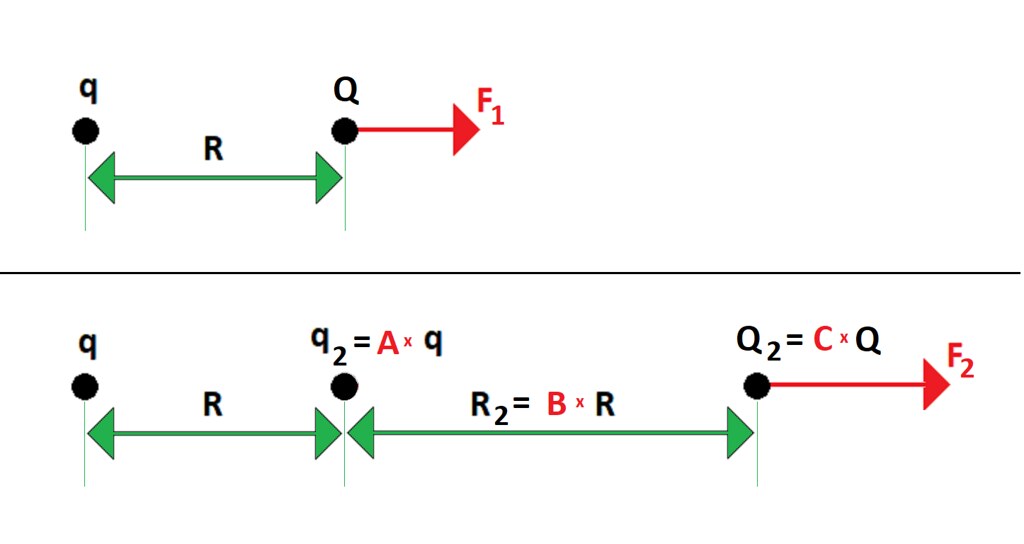Basic Rules for the Correct and Effective Use of Google Sheets for Lab Reports
- Every numerical value has to be written in a separate cell and only one time.
- If you need to use a numerical value in calculations, use in codes the reference name of the cell, where this numerical value is located.
- For each numerical value have to be shown what it means and what are units of this value.
- Don't write a numerical value together with it’s unit to the same cell.
- Absolutely all necessary calculations have to be completed by Google Sheets codes (scripts).
- Changes of any initial numerical value have to automatically recalculate all results.
- In texts use correct formats of mathematical constants, signs, or operations, not Google Sheets codes.
- Use superscript characters: ⁰ ¹ ² ³ ⁴ ⁵ ⁶ ⁷ ⁸ ⁹ ⁺ ⁻ ⁼ ⁽ ⁾ ⁿ ⁱ .
- Use subscript characters: ₀ ₁ ₂ ₃ ₄ ₅ ₆ ₇ ₈ ₉ ₊ ₋ ₌ ₍ ₎ ₐ ₑ ₒ ₓ ₔ ₕ ₖ ₗ ₘ ₙ ₚ ₛ ₜ .
- Use math and greek characters: ° ⨯ ∙ ≈ ∞ √ 𝚫 𝚯 𝚹 𝚺 𝛀 𝛆 𝛌 𝛍 𝛑 𝛒 𝛔 𝛕 𝛚 𝛜.
- In lab reports do calculations of % errors comparing obtained in experiment values with expected values even if these calculations are not mentioned in the procedure.
- Don't make your lab report as a literary novel.
- Use a tabular style in all parts of your report.
- The Conclusion section of lab reports should indicate how the results of your experiment correspond to the laws of Physics.
- If the obtained %-error is more than 50%, do not write that the results of the laboratory experiment are in good agreement with the laws of Physics.
- All calculations for answering laboratory questions should be done by Google Sheets codes (scripts).
- Any report should be one page of a Google Sheets worksheet.
- Reports must begin with the name of the experiment and the name of the student.
- All tables must have explanatory titles.
- All columns of tables should have explanatory headings with units of measurement. Units have to be in round brackets.
- All graphs must have explanatory titles.
- Axes of graphs should have explanatory titles with units. Units have to be in round brackets.
- Charts must plot a trendline and a trendline equation.
- Do calculations of slopes by using codes (scripts) with the slope() function.
- To submit your report, submit in Blackboard only a web link to your Google Sheets work.
- Don't submit any files or weblink to not Google Sheets.
- If you are making a second or subsequent attempt to submit your corrected lab report, submit the weblink by Blackboard again, even if your web link has not changed.
- The number of your attempts to get the highest grade is not limited.
- Share your Google Sheets to vznamenskiycitytech@gmail.com giving editor rights.
- See my comments, corrections and remarks in your Google Sheets.
- If you want to increase your grade, correct your report according to my comments and resubmit it again.






